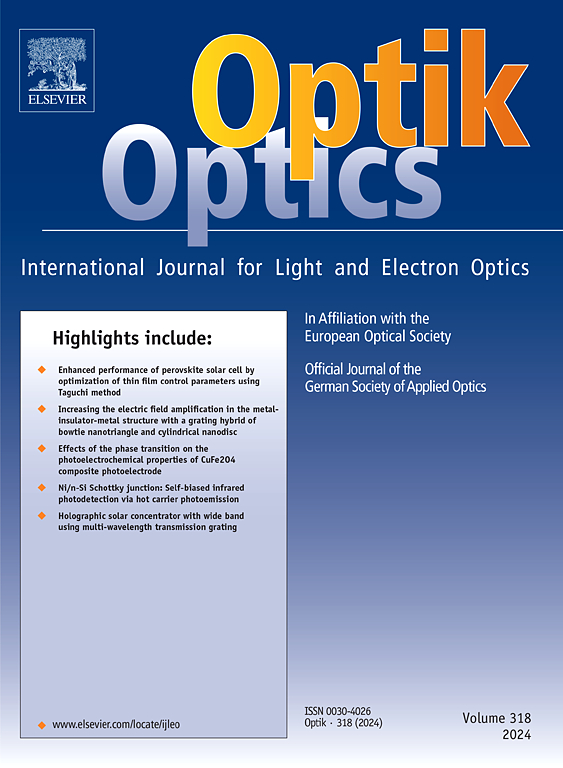How surface plasmon microscopy differs from conventional optical microscopy in the focal region?
IF 3.1
3区 物理与天体物理
Q2 Engineering
引用次数: 0
Abstract
Objective-coupled surface plasmon microscopy (SPM) shares a similar configuration with conventional optical microscopy (OM), but critical differences in their focal mechanisms are often neglected. Although SPM and OM exhibit operational similarities, the unique interaction between the focused beam and the sensor chip, driven by surface plasmon (SP) propagation, remains poorly understood. This leads to widespread errors, such as misaligning SPM’s focal plane with OM’s, which degrades resolution and sensitivity. While prior studies recognized the “defocus” effect, ambiguous definitions hindered its practical resolution. Herein, we systematically clarify the distinction between SPM, OM, and focused SPs. By analyzing the origin of defocus, we demonstrate that SPM’s focal plane results from a balance between optical focusing and SP self-interference. We define SPM’s ‘real focal plane’ (optimized at 1–2 wavelengths of negative defocus) and ‘focal spot’ (smaller than OM’s diffraction limit), supported by simulations consistent with experimental data. These definitions provide actionable criteria for positioning the sensor chip, maximizing resolution without sacrificing signal strength. This work resolves the ambiguities and establishes practical guidelines for the accurate implementation of SPM in bio-sensing and surface analysis.
表面等离子体显微镜在焦点区域与传统光学显微镜有何不同?
物镜耦合表面等离子体显微镜(SPM)与传统光学显微镜(OM)具有相似的结构,但它们在聚焦机制上的关键差异往往被忽视。尽管SPM和OM在操作上有相似之处,但聚焦光束和传感器芯片之间的独特相互作用,由表面等离子体(SP)传播驱动,仍然知之甚少。这会导致广泛的误差,例如SPM的焦平面与OM的焦平面错位,从而降低分辨率和灵敏度。虽然先前的研究承认“散焦”效应,但模糊的定义阻碍了其实际解决。在这里,我们系统地澄清了SPM、OM和聚焦sp之间的区别。通过对离焦来源的分析,证明了SPM的焦平面是光学聚焦和SP自干涉平衡的结果。我们定义了SPM的“真实焦平面”(优化在1-2波长的负离焦)和“焦斑”(小于OM的衍射极限),并通过与实验数据一致的模拟来支持。这些定义为定位传感器芯片提供了可操作的标准,在不牺牲信号强度的情况下最大化分辨率。这项工作解决了歧义,并建立了在生物传感和表面分析中准确实施SPM的实用指南。
本文章由计算机程序翻译,如有差异,请以英文原文为准。
求助全文
约1分钟内获得全文
求助全文
来源期刊

Optik
物理-光学
CiteScore
6.90
自引率
12.90%
发文量
1471
审稿时长
46 days
期刊介绍:
Optik publishes articles on all subjects related to light and electron optics and offers a survey on the state of research and technical development within the following fields:
Optics:
-Optics design, geometrical and beam optics, wave optics-
Optical and micro-optical components, diffractive optics, devices and systems-
Photoelectric and optoelectronic devices-
Optical properties of materials, nonlinear optics, wave propagation and transmission in homogeneous and inhomogeneous materials-
Information optics, image formation and processing, holographic techniques, microscopes and spectrometer techniques, and image analysis-
Optical testing and measuring techniques-
Optical communication and computing-
Physiological optics-
As well as other related topics.
 求助内容:
求助内容: 应助结果提醒方式:
应助结果提醒方式:


